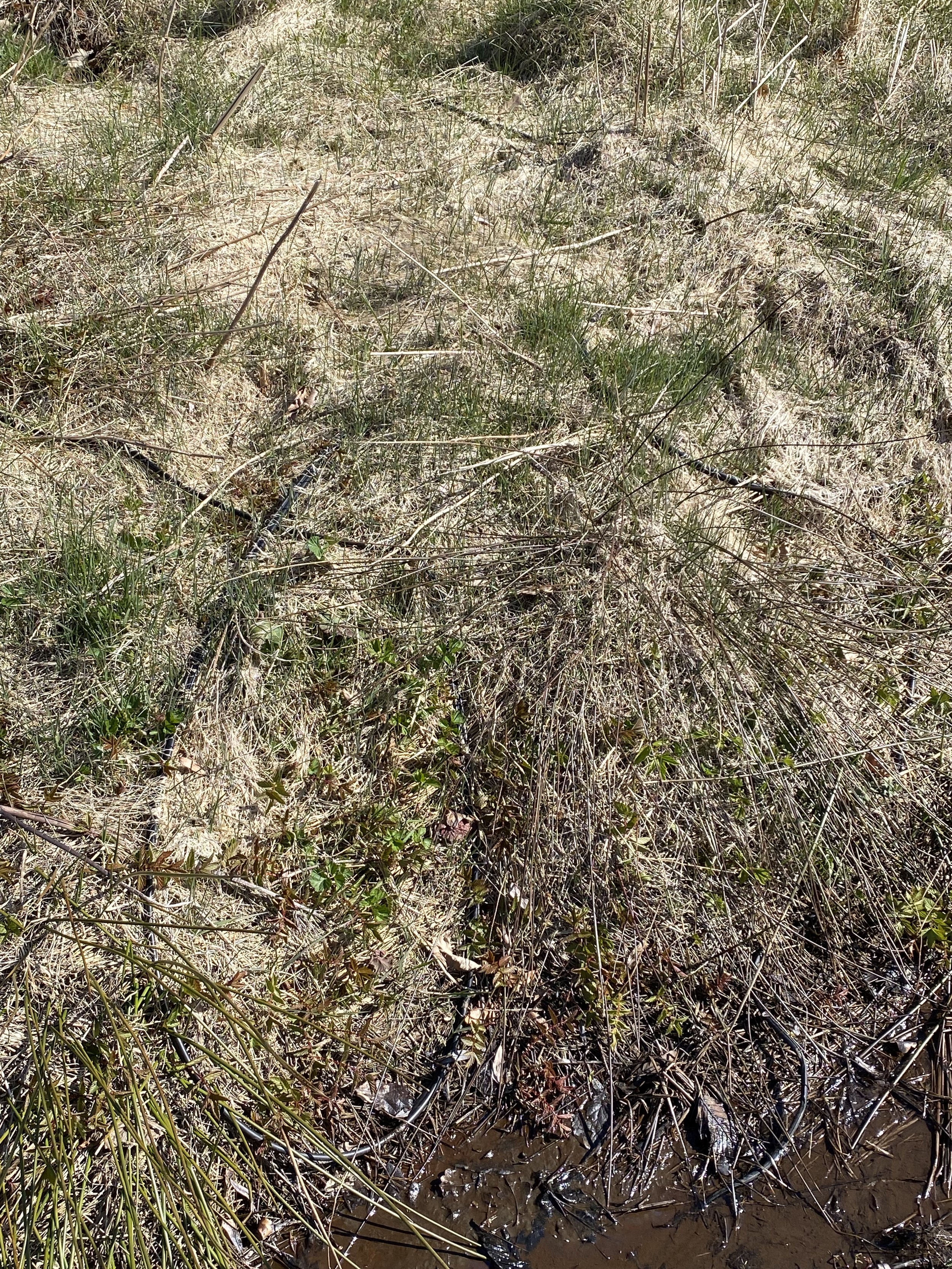One of my colleagues recently reminded me that we are all on different stages in our environmental and climate journey. Some of us are maybe just waking up to several of the facts that the climate crisis is causing. Some of us are looking into the power we have as consumers. Yet others are turning their attention to the big polluters as big oil companies.
None of these approaches are wrong. The only thing that is wrong is to deny the fact that the climate is changing, humans has caused it and humans need to alter their ways in order to sustain a liveable planet.
Recently, a Norwegian Facebook group of climate deniers has grown rapidly, and their main cause is a joint irritation towards those of us who tries to do something about the climate crisis.
Therefor my message is simple; if you hear someone speaking about climate related topics, or someone saying they want to do more - support them! We don’t need to be polarised within the climate movement. ‘Who is the best’ and ‘Who does the most right’. We need everyone on board and we must acknowledge that we really are on different stages in our journey, but seeing this, we can still all help.
When I joined the climate movement, I was 16 and at a high school with roughly 800 students, we were a group of maybe 6 coming to the local Nature and Youth meetings. We were a small group, but we were part of a bigger network within both Norway and within Europe.
Now, luckily, the climate cause is not such a niche. And that is wonderful! ✨ Let’s all do our part by speaking to someone who we think might be interested in this, and definitely support those we already know care.













































